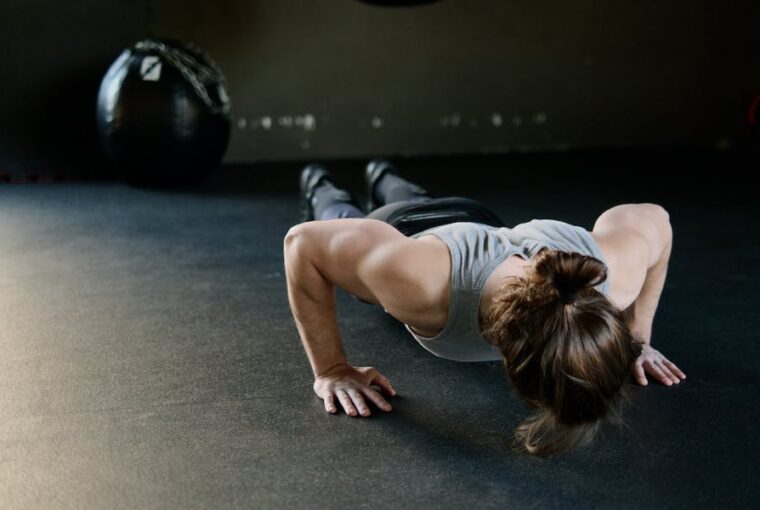Fitness culture has been popular among the general population for the better part of the past decade. There are several workout routines and different ways of training to get the desired result. One of the most common mantras is doing more with less, which translates to maximizing your workouts with the equipment you have. Many people have devised ways to finesse their workouts, such as using push-up bars for enhanced workouts or using their body weights to push themselves harder instead of relying on expensive gym equipment. Efficiency is essential in training, so most people turn to push-ups.
Why Push-Ups?
The reason behind this exercise being a staple for many is that it engages the majority of your muscle groups, thus leading to an exemplary workout. When you perform push-ups, your strength and stamina improve. However, you need to do it right, in proper form, to reap the benefits.
Doing Push-Ups the Right Way
The exercise begins when you are at a high plank, your toes touching your ground and heels up. Your hands should be shoulder-width apart, although variations depend on type. When it comes to movement, you lower your body slowly in a controlled manner to the ground until you are about 90 degrees with your elbows, and then you push yourself back up to the position you started. That counts as one repetition.
Improving Your Push-Up Form
If you are struggling with push-ups, there are things you can try to get better at. Some tips below will be helpful if you are a beginner or trying to add to the number of push-ups you can already do.
1. One Rep Everyday
If you are struggling with your first push-up, you must practice regularly. The skills you require include coordination, body control, and proper form. In addition to that, you also need strength. You may have to start slowly with knee push-ups, which you do with your hands, knees, and feet, or try incline push-ups.
2. Practice Planks
It is ideal for working the core and back muscles in a manner comparable to a push-up. To up the challenge, add more weight on your back.
3. Track Your Maximum Rep Every Week
Once doing a push is no longer difficult for you, you must track how many you can do. Have a weekly progress report. We recommend you take time aside, max out on the maximum number of complete reps you can do daily, and use it to check your progress. This is also perfect for determining the sets and reps of push-ups during your regular weekly workout.
4. Partial Push-Ups After Failure
Now that you can do push-ups, you should get the best possible out of every workout. This includes maxing out whenever you do regular push-ups; after you reach failure when doing normal push-ups, try doing partial push-ups to keep going. These are significant stimuli; attempt them by doing push-ups on your knees or incline. Partial push-ups enhance muscle growth and increase muscle endurance and workout volume.
5. Chest Strength
A more muscular chest makes moving your body weight much more manageable, especially if you have difficulty on the floor. Try training with weights and doing dumbbell bench presses to increase the stretch of the chest muscles. The barbell bench press that includes touching on the chest and a 3-second rest at the bottom equates to giving you a boost of strength in your chest.
In conclusion, you will benefit from adding push-ups to your training program if you are new to working out because push-ups burn calories, build your posture, and improve your back and shoulders.




